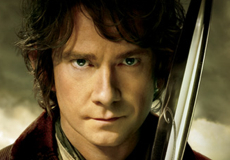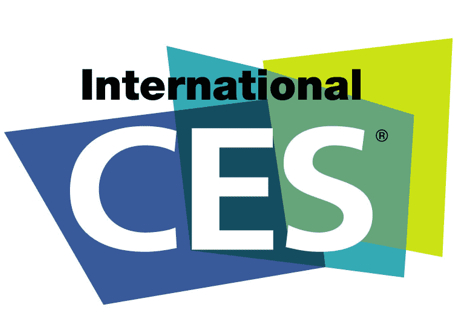The State of Worldwide Intellectual Property: Innovation on the Rise
December 13, 2012
- Innovation is on the rise all across the globe, according to the World Intellectual Property Organization.
- The IP division of the United Nations released a report full of statistics that show IP trends around the world. It found, among other things, that China’s patent office has surpassed the U.S. as the largest, and 2011 set the record for the highest number of patent applications filed worldwide.
- “Sustained growth in IP filings indicates that companies continue to innovate despite weak economic conditions,” WIPO Director General Francis Gurry stated at a press conference. “This is good news, as it lays the foundation for the world economy to generate growth and prosperity in the future.”
- The Atlantic highlights numerous interesting findings including:
- The total number of patent applications filed worldwide in 2011 was 2.14 million, while the estimated number of patents granted reached nearly 1 million. The increase in the total number of patent filings worldwide between 2009 and 2011 was 293,900.
- China’s patent office received 526,412 applications in 2011, marking a 34.6 percent growth in patent filings.
- The total number of applications received by the U.S. patent office in 2011 was 503,582 (with 224,505 patents granted). This represents a 9.7 percent growth for the U.S.


